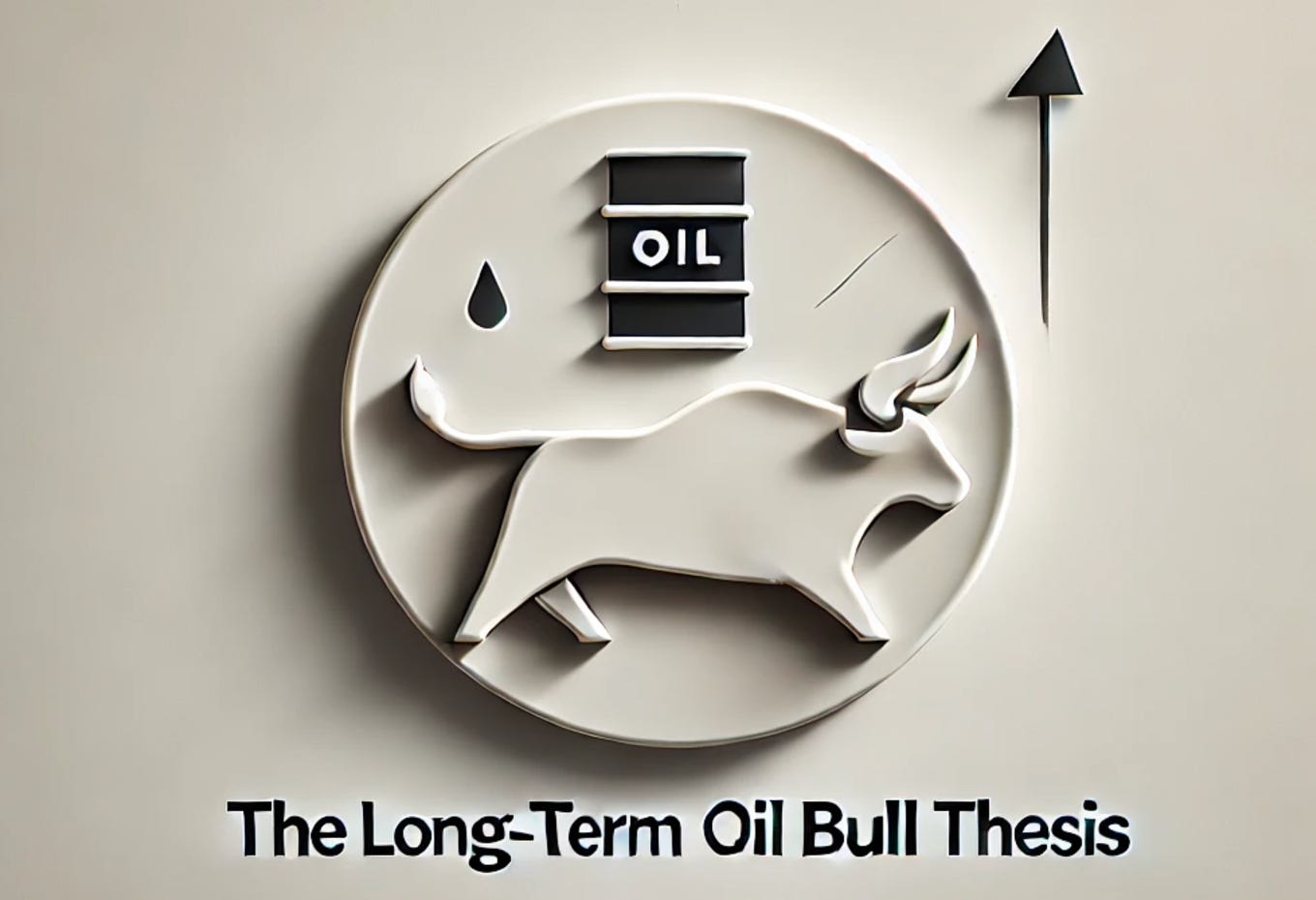The Long-Term Oil Bull Thesis
Jon explains why he's remaining invested in energy stocks and why you should too.
Editor’s Note: Important announcement at the end of the article.
By: Jon Costello
The long-term bullish oil thesis has taken a beating in recent months as declining oil prices decimated energy sector sentiment.
At the same time, oil prices have become disconnected from their historical relationship with inventories, leaving long-term energy investors without a proper rudder for gauging the commodity price outlook.
It’s easy for an energy investor to get discouraged during times like these, and many have. Nevertheless, Wilson and I remain steadfast in our belief that a topping out of U.S. shale production will usher in a prolonged period of higher oil prices.
Why I’m Invested in Energy
For my part, I’m not investing in the energy sector due to any particular affinity for the commodity or the sector. My previous investing experience was focused outside of the energy sector, mainly on financials and industrials, and I initially approached energy as a generalist looking to play the oil market cycle.
I’m currently invested in energy firstly because it’s the most heavily discounted sector in my circle of competence. The sector has been neglected by generalists to an almost unbelievable extent, creating idiosyncratic opportunities on a regular basis.
I also like the sector’s cyclical nature, which provides recurring opportunities to buy low and sell high.
An added benefit is that energy company valuation lends itself to a quantitative analysis. Commodity price inputs can provide a useful means of probability-weighting future outcomes in arriving at estimates of fair value. This can simplify the process of what to buy based on an investor's outlook.
But the most important reason for my concentration in energy is my long-term outlook for higher commodity prices. As we saw in 2022, all hell can break loose in financial markets when energy prices rise rapidly to high levels. Higher energy prices exert upward pressure on inflation and Treasury yields. They also create a headwind for economic growth. The conditions leave investors with few places to hide outside of energy. Formerly underweight money managers are forced to pile into the space, oftentimes regardless of cost.
Of course, the free cash flow growth derived from higher commodity prices coupled with the surge of investor enthusiasm for oil price exposure creates an extremely favorable environment for E&P stocks.
If oil prices can remain sustained at $100 per barrel as they did from 2010 to 2013, it will generate spectacular investment returns for anyone investing in E&Ps at today’s prices. Returns in other sectors will be muted at best on a relative basis. I expect the market to enter another structurally bullish phase over the coming years once U.S. shale production growth has run its course.


